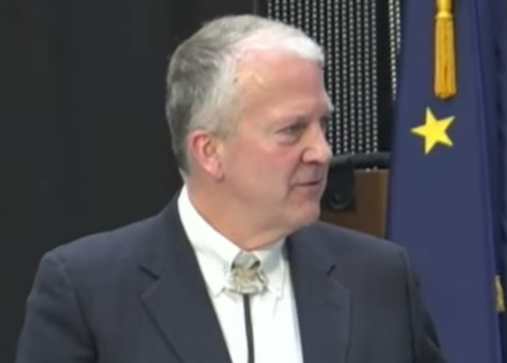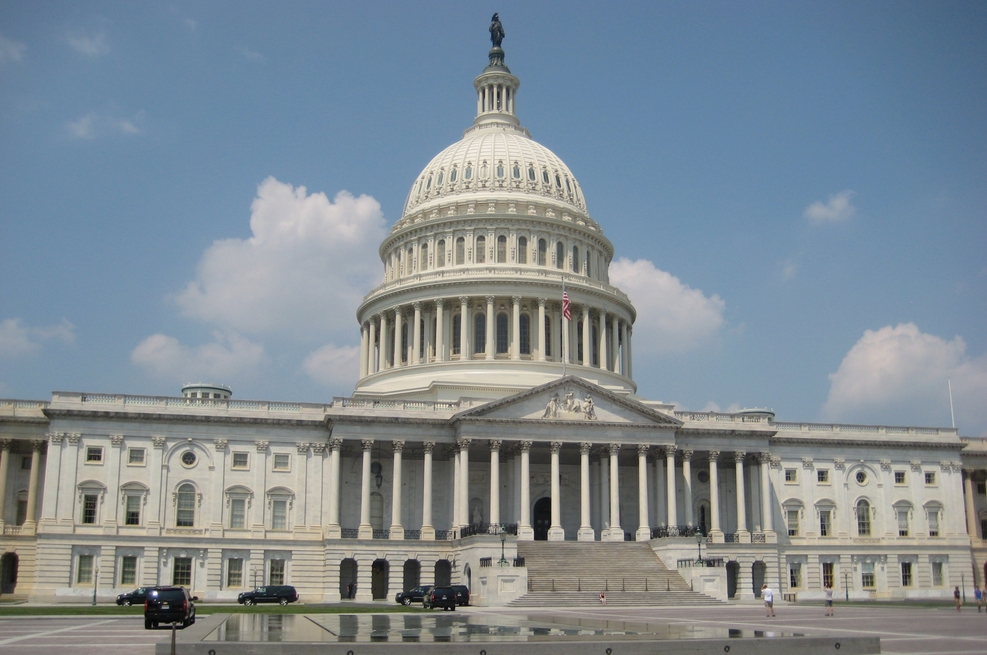Washington, D.C. – On Tuesday, the U.S. House of Representatives passed bipartisan legislation introduced by Congressmen Don Young (R-AK) and C.A. Dutch Ruppersberger (D-MD) that will help local and state governments protect the country’s 95,000 miles of shoreline. The Digital Coast Act will now be considered by the U.S. Senate, which already passed the legislation before technical changes were made.
The Digital Coast Act creates a new program at the National Oceanic and Atmospheric Administration (NOAA), allowing it to begin a comprehensive mapping process of the nation’s shorelines. Coastal communities – home to 42 percent of our country’s population and millions of businesses that supply most of our gross domestic product – will be able to use the data to prepare for storms, manage floods, restore ecosystems and plan smarter developments near America’s coasts, harbors, ports and shorelines.
[content id=”79272″]
“Today is a great day for our coastlines and waterways. No other state in the nation understands the need for coastal resilience and mapping more than Alaska,” said Congressman Young. “With more than 44,000 miles of coastline, much of which is not fully mapped, Alaska’s coastal communities rely heavily on our waterways and shipping channels to support all forms of social and economic prosperity: goods from the Lower 48, critical transportation needs, search and rescue operations, and the state’s largest private-sector employer – our fishing industry. The Digital Coast Act is an important step towards developing a system that supports our coastal communities, and I am grateful to my colleagues for supporting it today. I look forward to working with my friends in the Senate to get it across the finish line.”
“I have spent a decade pushing this legislation because, while it is critical to coastal communities like mine in the Chesapeake Bay watershed, we all have a stake in protecting America’s shorelines,” Congressman Ruppersberger said. “This bill is more important now than it was when I first introduced it. We’re seeing more storms that are stronger and sea level rise is accelerating. We can’t wait any longer. Today, we’re arming local planners and managers with the tools they need to save people and property.”
Geospatial mapping information can be complicated, expensive to collect and difficult to use without in-house expertise. The Digital Coast Act will empower NOAA to train decision-makers at the local and state level on how to use the datasets to answer questions about storm surge, erosion, and water level trends. The data will also be available on NOAA’s website for free and easy public access.
[content id=”79272″]
In the Senate, companion legislation was introduced by Senators Tammy Baldwin (D-WI) and Lisa Murkowski (R-AK). That bill, S. 1069, passed in late September. The House made slight technical amendments that the bill sponsors are hopeful will be adopted by the Senate as well.
###








